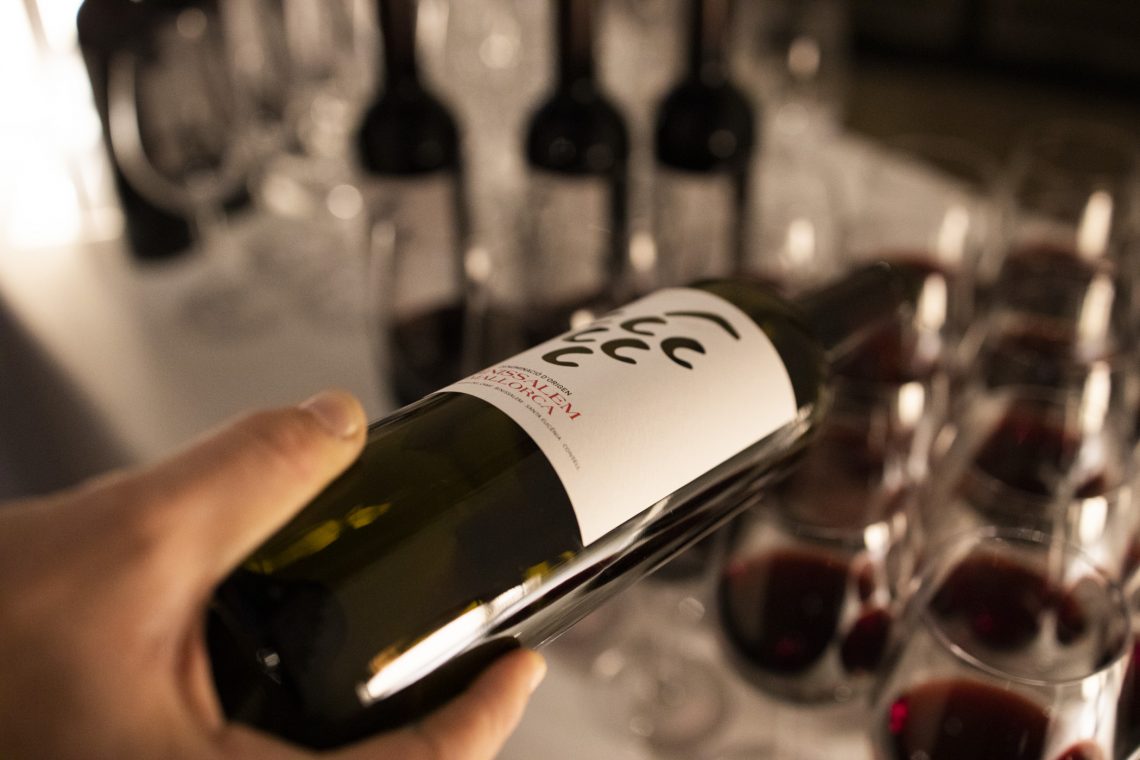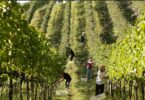The Wolf Post, supported by a Cultural Association, offers a professional service with free access, without subscription.
For this reason, a donation would also be a sign of appreciation for our work.
D.O. Binissalem was recognized in 1990.
Since then, D.O. Binissalem has opted for native vines, which have made it possible to produce unique wines, reaching high quality standards.
The geographical area of the Binissalem PDO consists of the municipalities of Santa Maria del Camí, Consell, Binissalem, Santa Eugènia and Sencelles.
The soils on which the vineyards are located, mainly Calcisols and Luvisols, are moderately fertile and deep, with a clayey texture and a high presence of coarse elements.
The vineyard represents one of the main crops of the region, sharing the landscape with almond, carob, fig and olive trees. The vineyards of the geographical area are characterized by being small.
The authorized vines are red, Manto Negro, Callet, Tempranillo, Monastrell, Cabernet Sauvignon, Merlot, Syrah and Gorgollassa; and the white varieties Moll or Prensal Blanc, Parellada, Macabeo, Moscatel de Alejandría, Moscatel de Grano Menudo, Chardonnay and Giró Ros.
Let’s find out more from the words of Marga Amat, Technical Director of D.O. Binissalem.
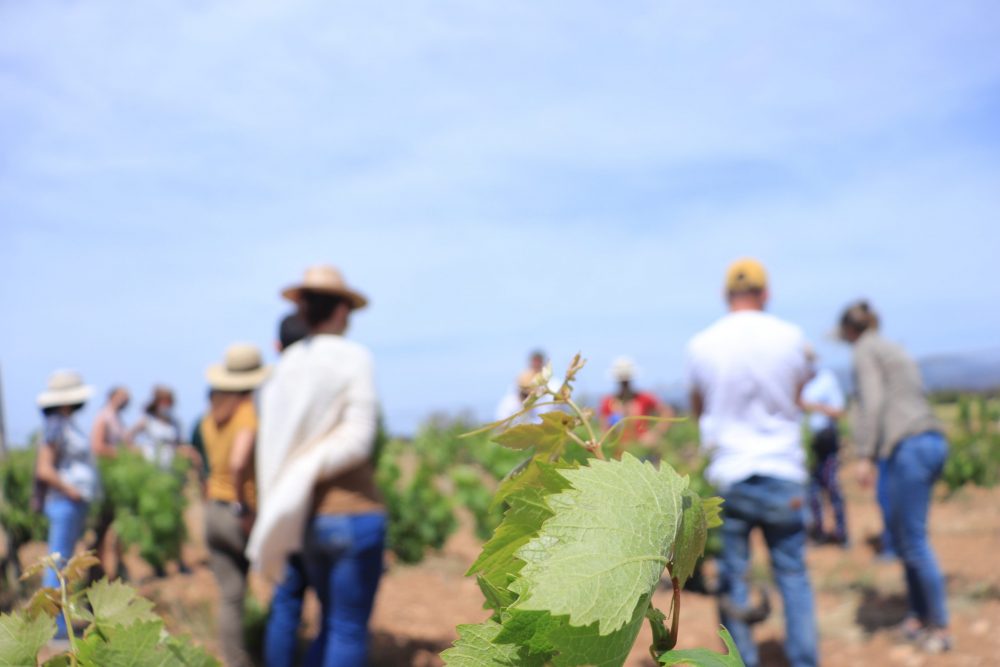
©D.O. Binissalem
Since the birth of D.O. Binissalem, what goals have been achieved and which ones remain to be achieved?
The Binissalem Denomination of Origin was recognized nationally in 1990, although since the early 1980s work had been done on the need to protect the wines produced in the region from wines that came from other areas and took advantage of the name and its prestige.
Since the introduction of the cultivation of the vineyard, in the year 121 BC, the vine has always been cultivated and wine has been produced in the D.O. Binissalem region.
The wine tradition is rooted and present in the toponymy, architecture, gastronomy, fairs and local festivals. There are numerous houses, in the five municipalities that make up the D.O., that have old “cellars” since, traditionally, most of them made wine.
With the recognition of the Designation of Origin, wine growers were able to sell their grapes at a good price, one of the highest in Spain. In addition, the D.O. was growing in number of wineries, from the 3 founders to the current 13 wineries and also in vineyard extension, from 300 to 600 hectares.
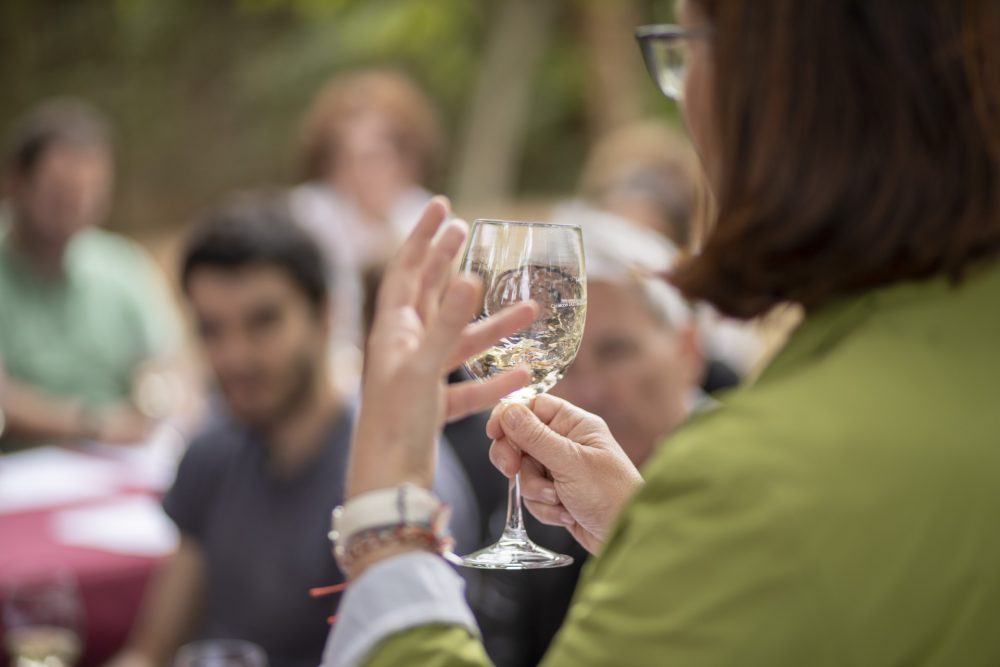
©DO Binissalem.-WD- M. Torres
Both viticulturists and wineries have been incorporating the most modern technology in the cultivation and processing of grapes and in the production of wine, achieving the current levels of quality, recognized locally, nationally and internationally.
Currently, there is a clear commitment to the production of wines with a predominance of local grape varieties, seeking differentiation and uniqueness of the wines.
Our goal is to maintain the prestige enjoyed by D.O. Binissalem wines in the local market and also in European markets such as Germany, Switzerland or the United Kingdom. On the other hand, we are working to open new markets, both in the Peninsula, where we have little presence, and in other countries.
We have a project underway to modify the Specifications with the aim of being able to protect in the D.O. Binissalem, monovarietal wines of all the native varieties, not only those currently considered main varieties.
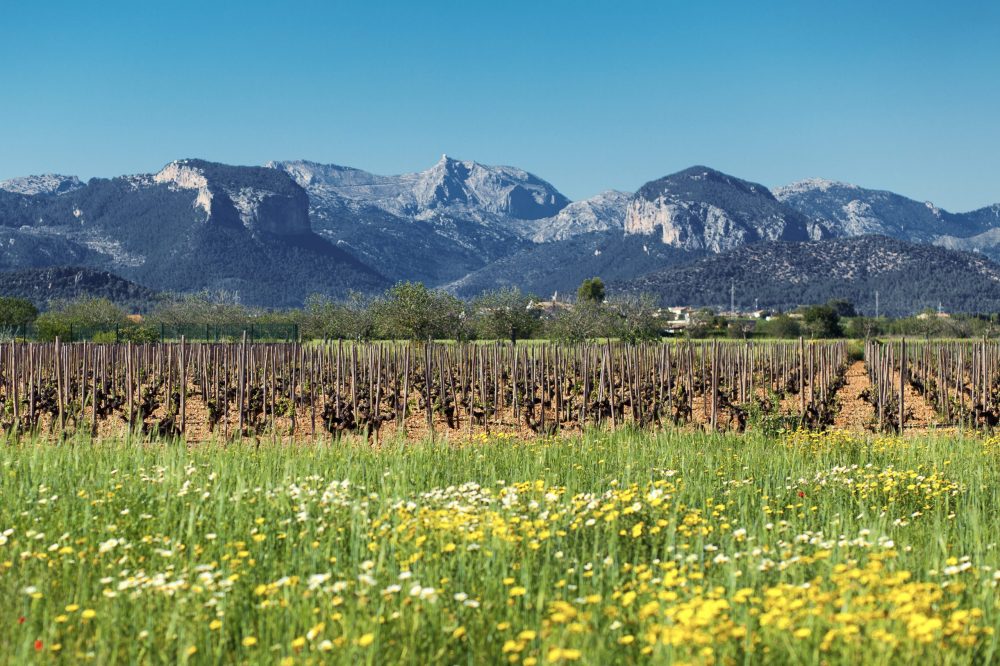
©DO Binissalem-M. Torres
What are the peculiarities of the territory and its wines?
The D.O. Binissalem is made up of five municipalities, Santa Maria del Camí, Consell, Binissalem, Santa Eugènia and Sencelles and located in a privileged area, in the center of the Island of Mallorca, protected by the Serra de Tramuntana, where the characteristics of the soil and climate are ideal for growing native grape varieties, Manto Negro, Callet, Moll Gargollassa, Giró Ros… and where wines of differentiated quality are made.
The protected geographical area has an extension of 154.75 km2, dominated by an ovoid-shaped plain, with a height between 70 and 140 m above sea level, arranged parallel to the Serra de Tramuntana and with an average slope in around 0.5% exposed to the southeast. This plain is surrounded by higher ground, which in the highest parts reaches 400 meters and is made up of calcareous lithologies.
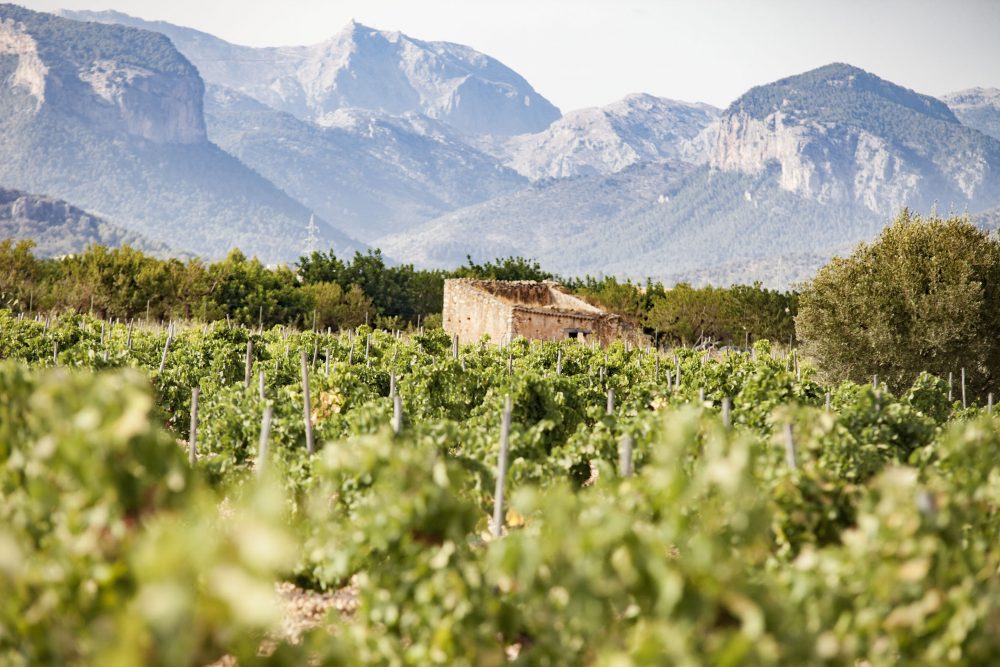
©DO Binissalem-M. Torres
The soils on which the vineyards are established, mainly Calcisols and Luvisols, are moderately fertile and deep, with a loamy texture and a high presence of coarse elements. The high content of coarse elements (gravel and stones) determines the properties of these soils, which have a high apparent density and a limited water retention capacity. These apparent disadvantages, caused by gravel and stones, are offset by the benefits they bring to the soil, making it suitable for growing vines.
The climate features Mediterranean conditions with hot, dry summers and mild winters.
The vineyard represents one of the main crops in the region, sharing the landscape with almond, carob, fig and olive trees. The vineyards of the geographical area are characterized by being small. The traditional management system is by goblet and the most recent vineyards are arranged on a trellis. It is a prosperous and continuously growing productive sector.
The authorized grape varieties are red, Manto Negro, Callet, Tempranillo, Monastrell, Cabernet Sauvignon, Merlot, Syrah and Gorgollassa; and the white varieties Moll or Prensal Blanc, Parellada, Macabeo, Moscatel de Alejandría, Moscatel de Grano Menudo, Chardonnay and Giró Ros.
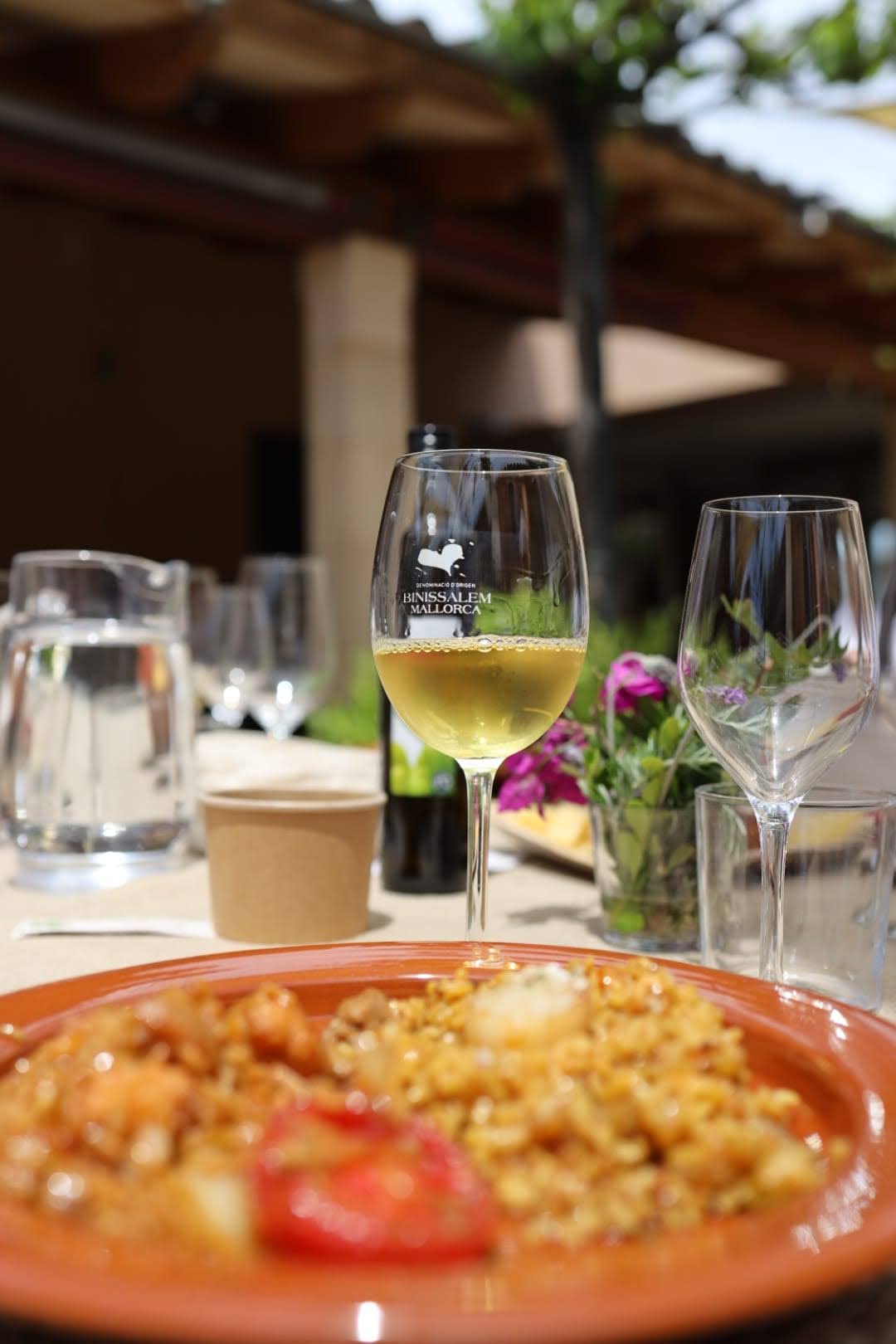
©DO Binissalem-M. Torres
In the elaboration of the wines, the main grape varieties are considered, the local varieties Manto Negro and Moll and the Moscatel varieties.
In relation to the sensory characteristics, the wines covered by the D.O. Binissalem are characterized by fruity aromas, of a Mediterranean nature, with the expression of nuances and varietal aromas of native grapes and terroir, which make them singular and unique.
What services/activities do you use to promote the wine region?
We have a web page with all the relevant information on the Denomination of Origin (geographical area, wines, statistics…) and in which we give visibility to the wineries that are part of the D.O. Binissalem.
We have a specific section dedicated to wine tourism https://binissalemdo.com/enoturismo/. In it we talk about the “Wine Route”, the towns, the landscape, the gastronomy, the experiences offered by the wineries and the wine festivals.
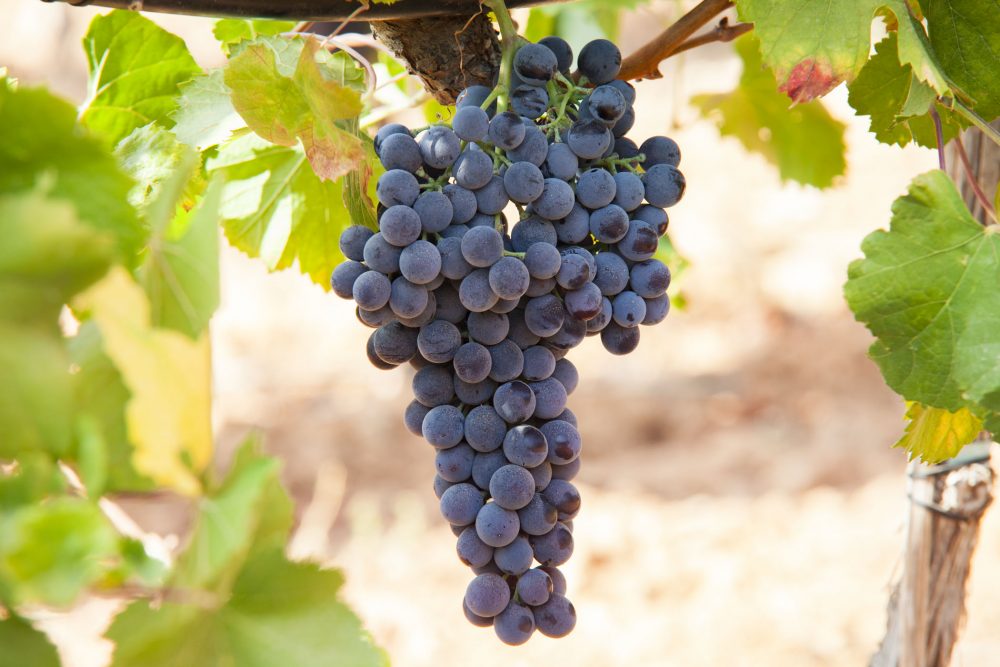
©DO Binissalem-Manto negro-M. Torres
On the other hand, the Regulatory Council organizes, since 2014, Wine Days. An annual wine tourism event, in which various wine tourism activities are offered for 10 days, proposed by the wineries, the Regulatory Council and other collaborating agents of the territory, related to culture, landscape, heritage, music, sports… using the wine as a common thread. A showcase of the possibilities offered by the territory in wine tourism. We have a specific website https://winedaysmallorca.com/ dedicated to promoting this event.
On the other hand, all our promotional activity is reflected on our social networks https://twitter.com/dobinissalem
https://www.facebook.com/DOBINISSALEM
https://www.instagram.com/dobinissalem
https:// www.youtube.com/channel/UCg69xT9DfQCAaS3qkQjhA-g/featured
Our blog https://binissalemdo.com/blog-es/ and also in the local written press, radio and television media. as well as some specialized magazines and airline magazines.
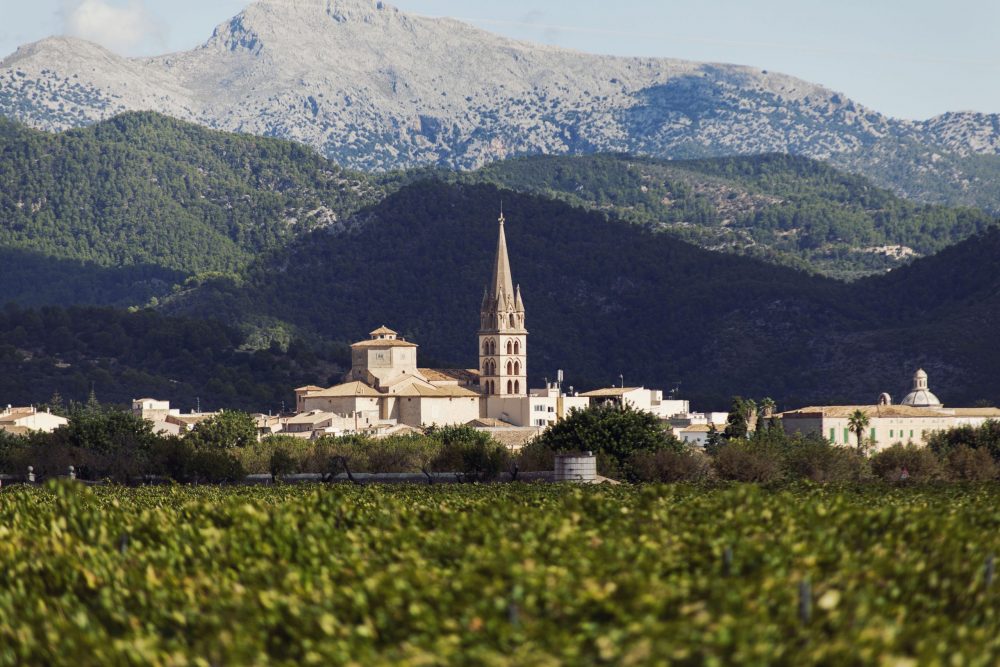
©DO Binissalem-Pueblo Binissalem-M. Torres
Can you briefly describe the areas of cultural and wine tourism interest in D.O. Binissalem?
In the Binissalem Denomination of Origin, wine has sculpted the landscape, the architecture and our culture.
Santa Maria del Camí, Consell, Binissalem, Santa Eugènia and Sencelles, the five municipalities that make up the DO Binissalem, presided over by the bell towers of their churches, offer us their own architecture, the charm of their markets with local products, without forgetting the fairs and traditional festivals linked to gastronomy and wine.
In the region there are many paths that lead the visitor to the vineyards and that connect the towns and the wineries. It is an area of limited extension. Within a radius of about 15 km we reach all corners of the region, which can be accessed by public transport (train and bus) or by car.
The area can also be explored by bike or on foot while admiring the landscape of vineyards, almond and carob trees, with the Serra de Tramuntana as a backdrop.
The municipalities offer special corners, their streets and houses with typical architecture, cultural centers, shops and local markets without forgetting the local gastronomy: “Mallorquí Frit”, “Sopes”, “Fideus de Vermar”, “Pa am boli”,… They are some of the most emblematic dishes of Majorcan cuisine, which are complemented by DO wines.
In the region, there is also an interesting offer of rural accommodation, in century-old farms that offer accommodation and good gastronomy.
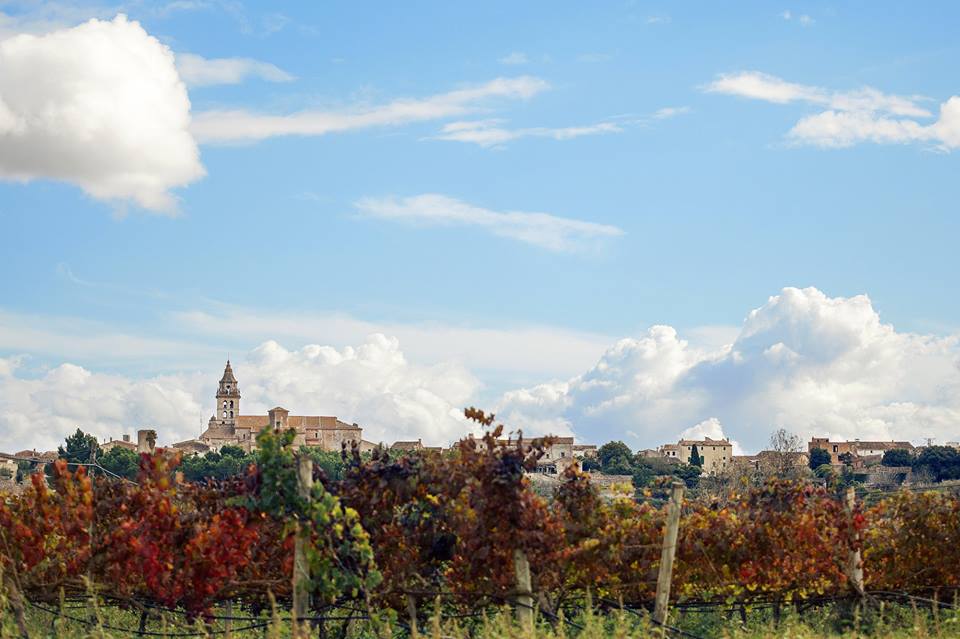
©DO Binissalem-Pueblo Sencelles-M. Torres
Why are D.O. Binissalem wines so special?
Because they are unique. Differentiated quality wines, made with local grape varieties (Mantonegro, Callet, Gargollassa, Moll i Giró ros), which together with the climate and soils mark their characteristics and uniqueness.


